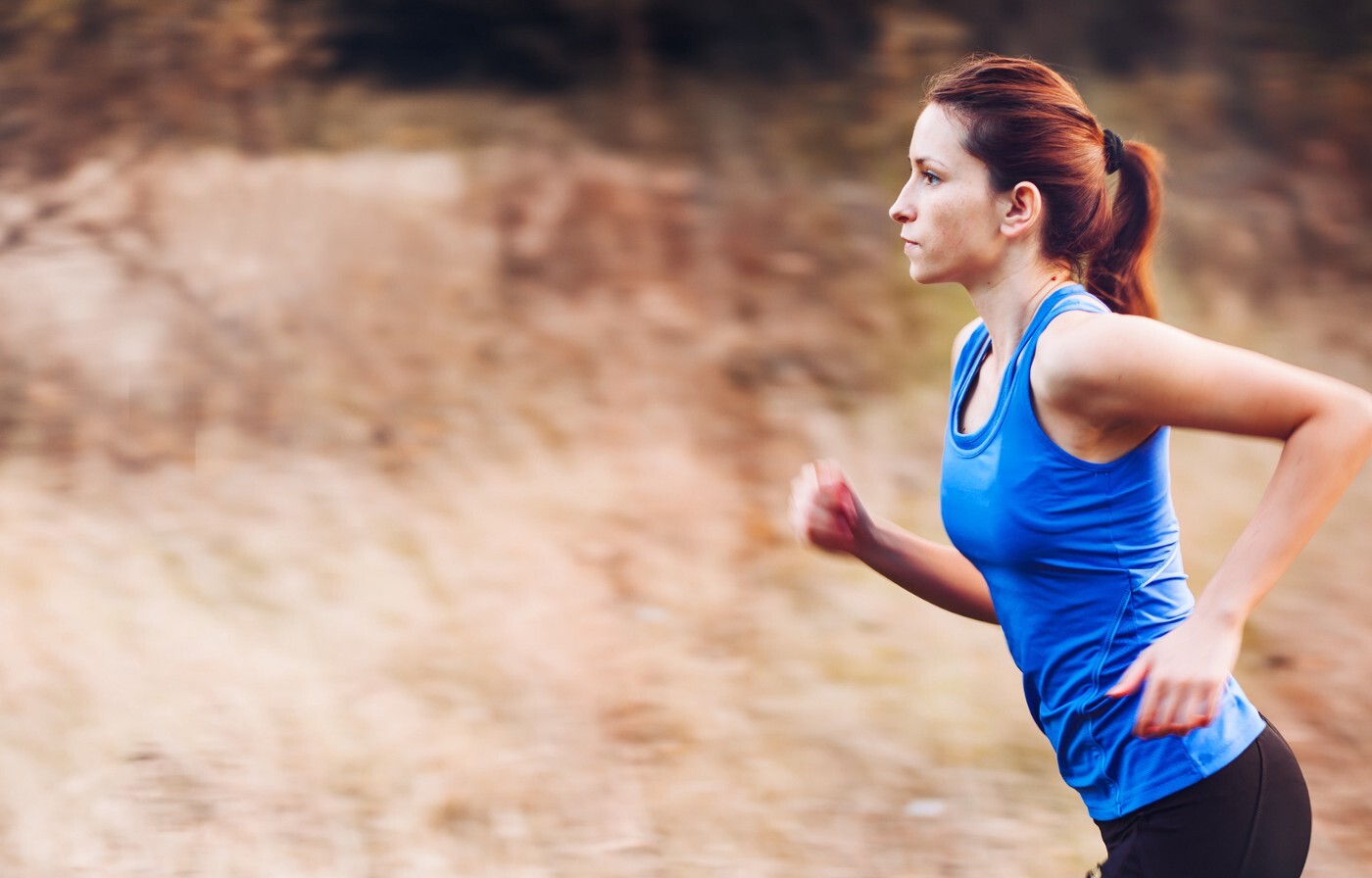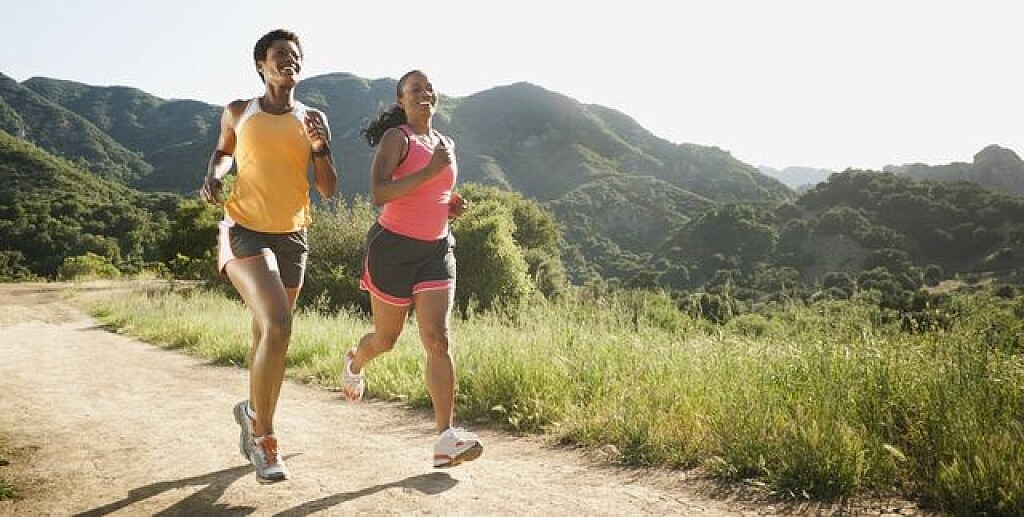Running News Daily
Running News Daily is edited by Bob Anderson. Send your news items to bob@mybestruns.com Advertising opportunities available. Train the Kenyan Way at KATA Kenya and Portugal owned and operated by Bob Anderson. Be sure to catch our movie A Long Run the movie KATA Running Camps and KATA Potato Farms - 31 now open in Kenya! https://kata.ke/
Index to Daily Posts · Sign Up For Updates · Run The World Feed
Active rest/recovery: is it always better than passive rest?
Runners are often told about the importance of recovery. And in the context of training and recovery, you may have come across the terms “active rest” or “active recovery.” You might wonder, if rest and recovery are so important, why should runners aim for “active” rest? This is an excellent question, with significant implications for training and overall fitness.
First, let it be said that every effort requires a period of recovery–you can’t push your body continuously without allowing it to recover. Whether that effort is represented by 400m repeats on the track, a week of training or a full marathon build, the question of whether active or passive rest is best applies in each case.

During a track workout, studies have shown that active rest, i.e., slow jogging or walking during the rest interval between repeats, helps clear lactate more quickly than passive rest (where you simply stop), allowing athletes to continue exercising at greater intensity and for longer periods than if they stopped moving between intervals. In this context, active rest is generally recommended over passive rest, especially if you’re chasing performance goals, such as a new PB or a Boston-qualifying marathon time.
Similarly, during a rest day as part of your regular training week (usually the day after a hard workout), some light, low-impact activity such as walking, hiking, bike riding, stand-up paddleboarding or swimming can promote blood circulation to your muscles and help prevent soreness. (Note that we’re talking about easy, recreational-level efforts here–active recovery should not be confused with cross-training, which is vigorous training in a different sport to work different muscles and body systems for the purpose of augmenting fitness and preventing injury. It should also be noted that good recovery, whether active or passive, depends on adequate sleep and fuelling on a daily basis.)
Sometimes, recreational and elite athletes alike feel the need to take a longer break from their sport. This may involve a period of complete (i.e. passive) rest, where they don’t do much of anything–possibly providing a mental, as much as a physical, break from constant training.

Depending on the individual, this may last for several days or weeks. They may then decide to introduce some light activity, which would constitute more active recovery, before returning to training. (But there is also nothing wrong with taking a complete day off, now and then, from any kind of physical activity.)
by Anne Francis
Login to leave a comment




